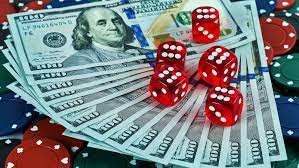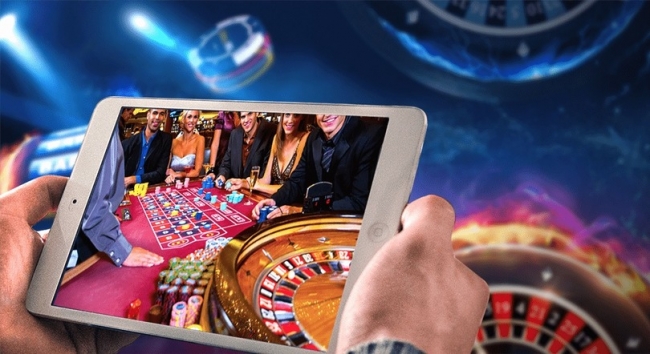The History of Blackjack

ame for the ages, the mystery around its beginnings’, and the sweep of American casinos in the gambling age.
Played not too differently from blackjack, Vingt-Un (“21”) is the French card game also called 21. Players play for the “Natural”, a draw off the deck totaling 21 in points. Slightly different, two cards dealt face down, and then betting continues in a round, players deciding to accept a card and bet or fold. Betting starts with the eldest in the circle, and continues around until either a bust or needing to draw no cards.
What we know as Blackjack today finally crossed to America from Europe in around 1875. It began as a strictly private game in wealthy households and gambling halls around America. As early as 1910 players were seen playing blackjack in the Midwest of the US.
“Twenty-One”, “Blackjack” where do these names come from? When the blackjack was first introduced in America it was widely unpopular. Gambling halls and private casinos tried bonuses to get players involved in the game. Usually a bonus was placed on the luck of drawing a straight 21, including an ace and a black jack, hence the name, “blackjack”. For obvious reasons the hand was called blackjack and as the stakes rose, so did the number of players coming to the tables to gamble. The bonus payouts that originated of up to 10 to 1 died out due to the rise in play, but there is still a bonus for drawing the “Blackjack”.
A mere 30 years after the introduction of blackjack in America, there started a production of special green-felted Blackjack tables. And by 1931 Blackjack was the third most popular game in Las Vegas casinos behind Roulette and Craps. Rising quickly to the second most behind Craps in 1948, and is on its’ way to being the number one card game in Vegas.
Relevant news

The Traditional Chinese Version of Mahjong
Mahjong is a traditional Chinese game played with tiles or with cards with a unique…

What is Cribbage?
Cribbage is another interesting game that tends to be making a come back in the…

Masters of Jai-Alai
Jai-Alai players play probably the fastest game in the world, where a stone-hard ball called…

The Raise and Fall of Jai Alai
Jai Alai (pronounced Hi-Lie) is translated as merry festival from Basque language. Jai Alai is…

Online Scratch Cards
The online scratch cards offer a pleasant gaming in only a few clicks and with…

Online Blackjack Vs. Casino Blackjack
laying online blackjack is a bit different from playing blackjack in a land based casino.…
